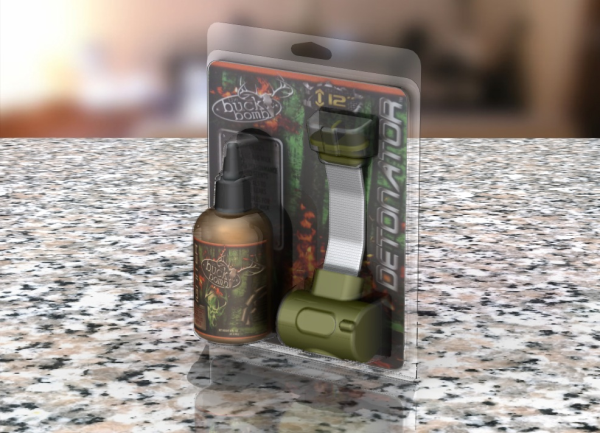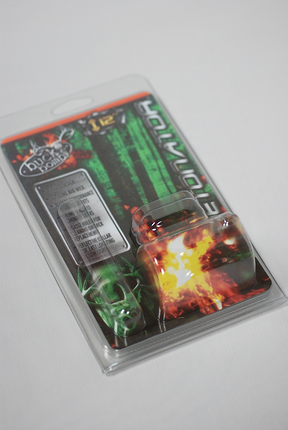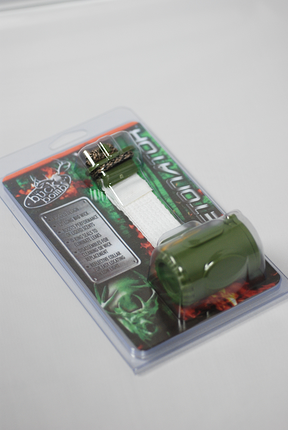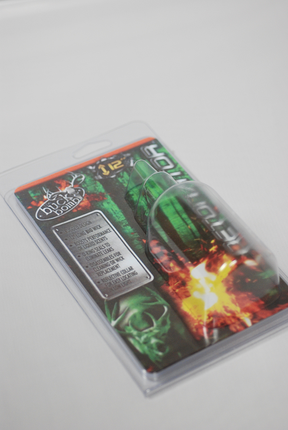Hi guys!
In December Plastics Technology Magazine included a story on Dordan's 'Design for Thermoforming Process' in its blog. This April, the story will be included in the print magazine, distributed to thousands of subscribers; so cool.
I have copied the story below for your enjoyment though I encourage you to read the original.


Plastics Technology has featured Dordan Manufacturing Co., Woodstock, Ill., in the May 2011 and March 2013 issues, highlighting its efforts to include PET clamshells in the recycling stream. But as successful as this family-owned, 50-year-old custom thermoformer has been at improving the environmental footprint of its operation, it has been equally adept at using high-end tools to support its core business—clamshell package design for a wide range of industries.
Some of these tools are more commonly found at an automotive OEM than a custom thermoformer, but Dordan has successfully put them to use for disposable packaging. States Chandler Slavin, marketing manager and sustainability coordinator, “If you subscribe to the ideology that packaging has the ability to help or hinder product sales, it is paramount to see what the package will look like on the shelf. Often, an engineering drawing doesn’t communicate shelf impact. And cutting prototypes is considered too costly in the early phases of the packaging procurement process.”
As a result, Dordan has found it important to develop a stepping-stone between concept and reality when it comes to communicating a packaging concept’s form and function to the customer.
Dordan used to subscribe to I-DEAS (Integrated Design and Engineering Analysis Software), a product originally furnished by Structural Dynamics Research Corp. (SDRC) that allowed designers to create engineering drawings and wire-frame models, Slavin recalls. Dordan would also use this software to generate ray-traced images: “Ray-traced images were helpful in that they communicated the overall shelf impact of the part, but they took up to a week to generate—completely consuming the output of the computer— and were not that visually accurate because the plastic did not look ‘see-through’ like plastic should.”
Electronic Data Systems (EDS) bought SDRC about 12 years ago, and combined it with Unigraphics (acquired when EDS bought UGS Corp.) to create NX, a high-end CAD/CAM/CAE software package now owned by Siemens PLM Software. “Once that happened, Dordan began experimenting with the 3D modeling and photorealistic rendering options that NX offered, laying the foundation for what we call our Design for Thermoforming Process,” Slavin says.
Dordan’s experience in designing a new package for The Buck Bomb shows how her company’s Design for Thermoforming Process saves time and money while reducing risk and expediting decision-making. The Buck Bomb is a scent-dispersal product used by deer hunters. It consists of a detonator and the spray scent. The Buck Bomb used to be sold in blister packs, but the company was interested in what it would look like if packaged in a clamshell. Consequently, it approached Dordan—its blister supplier—to develop a new package.
But there was a catch: The way The Buck Bomb was sold at retail changed depending on the particular store: Some sold just the spray scent, others just the detonator, and yet others sold the detonator and spray scent together. In other words, The Buck Bomb needed a family of clamshell packages, for a price that was competitive with the existing blister packaging. “How do you show a customer how the various formulations of their product/packaging scenarios will look in clamshells if the customer is not willing to invest in prototype tooling, and an engineering drawing/wire frame isn’t sufficient?” Slavin asks.
“Dordan’s Design for Thermoforming Process incorporates the process of manufacturing into the packaging development phase. It assumes the artistic capabilities inherent in the art of thermoforming for every project, allowing for the seamless transition from concept to reality,” she states.
This process utilizes NX-generated photorealistic images (Figure 1) and 3D animations to demonstrate how the package has been designed for manufacturing, including part functionality and shelf impact. Unlike the ray-traced images of I-DEAS, these renderings can be created quickly, and the resulting imagery is extremely accurate, Slavin says.
“With these renderings, the Buck Bomb team was able to see what their products would look like packaged in a clamshell family without having to spend a penny on prototype tooling. By seeing a fully engineered, digitally produced ‘photo’ of the proposed packaging, The Buck Bomb team was able to expedite the decision-making process. Marketing understood how its priorities were met via photo renderings, while engineering understood how its priorities were met via engineering drawings. Moreover, in producing photorealistic renderings and 3D videos prior to moving to prototype, the risk of any potential design flaws was mitigated by the front-end engineering required to produce these images.”
As a result of this effort, Dordan developed a family of clamshells that maintained The Buck Bomb brand aesthetic while reducing the overall number of SKUs, saving time and money.
Figure 1, photo realistic rendering

Figure 2: photos of production Buck Bomb clamshell family



Learn more about Dordan's thermoform package design.
